What's New
Displaying results 2931 - 2940 of 4052
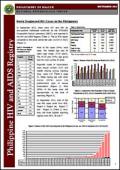
Resource | Fact Sheets,
In September 2013, there were 427 new HIV Absero-positive individuals confirmed by the STD/AIDS Cooperative Central Laboratory (SACCL) and reported to the HIV and AIDS Registry (Table 1). This is 35% higher compared to the same period last year (n=316 in 2012).
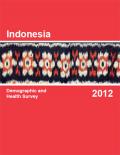
Resource | Publications,
The 2012 IDHS was specifically designed to meet the following objectives:
• Provide data on fertility, family planning, maternal and child health, adult mortality (including maternal mortality), and awareness of AIDS/STIs to program managers, policymakers, and researchers to help them evaluate and improve existing programs;
• Measure trends in fertility and contraceptive prevalence rates, and analyze factors that affect such changes, such as marital status and patterns, residence, education, breastfeeding habits, and knowledge, use, and availability of contraception;
• Evaluate the achievement of goals previously set by national health programs, with special focus on maternal and child health;
• Assess married men’s knowledge of utilization of health services for their family’s health, as well as participation in the health care of their families;
• Participate in creating an international database that allows cross-country comparisons that can be used by the program managers, policymakers, and researchers in the areas of family planning, fertility, and health in general.
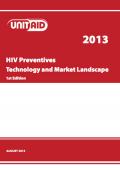
Resource | Publications,
This landscape report is part of an ongoing initiative within UNITAID to describe and monitor the landscape for HIV commodities. It provides a broad overview of key HIV prevention tools, describing market dynamics around such prevention technologies and the primary factors that affect commodity access in HIV-endemic countries. Specifically, the report describes and analyses the market and technology landscapes for (i) male circumcision devices, (ii) barrier methods, (iii) microbicides, (iv) antiretroviral-based methods and (v) commodities needed for harm reduction. The report also explores market-based interventions that could alleviate current market shortcomings to improve access, focusing on key emerging products and product areas that are rapidly evolving.
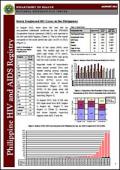
Resource | Fact Sheets,
In August 2013, there were 382 new HIV Ab sero-positive individuals confirmed by the STD/AIDS Cooperative Central Laboratory (SACCL) and reported to the HIV and AIDS Registry (Table 1). This is 40% higher compared to the same period last year (n=272 in 2012).
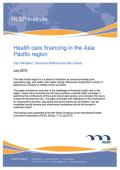
Resource | Publications,
This paper provides an overview of the challenges of financing health care in the region, where many countries are striving to achieve universal health coverage. It examines the contributions of the public and private sectors, and considers the future of external development aid. The paper concludes with reflections on the implications for development partners, discussing how policy issues can be tackled, how aid modalities should develop and where donor assistance should be focused to maximise impact.
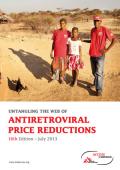
Resource | Publications,
Over the past 13 years, the MSF Access Campaign has been monitoring the patent barriers, prices and availability of ARVs through Untangling the Web and pushing for the uptake of policies that promote access to affordable quality medicines. Due primarily to generic competition, the price of ARVs has dropped by more than 99% over the last decade, but the price of the newest drugs, already needed by some people in MSF projects, is prohibitive and a source of great concern both for MSF and for national treatment programmes.
Resource | Videos,
Video of the presentation by By Mr. J.V.R. Prasada Rao United Nations Secretary-General’s Special Envoy for AIDS in Asia and the Pacific, at the 7th IAS Conference on HIV Pathogenesis, Treatment and Prevention
Resource | Videos,
Tracking the HIV/AIDS Epidemic in Asia and the Pacific from AIDS Data Hub on Vimeo.
7th IAS Conference on HIV Pathogenesis, Treatment and Prevention
By Mr. J.V.R. Prasada Rao United Nations Secretary-General’s Special Envoy for AIDS in Asia and the Pacific
3 July 2013 Kuala Lumpur, Malaysia
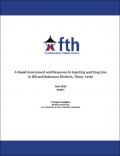
Resource | Publications,
This study was based on the Rapid Assessment and Response methodology outlined in the WHO Rapid Assessment and Response Guide on Psychoactive Substance Use and Sexual Risk Behaviour and the WHO Rapid Assessment and Response Technical Guide on Injecting and Drug Use. Both qualitative and quantitative research methods were used. 17 Key informant interviews, 15 focus group discussions, and 44 individual structured interviews among drug users were conducted.
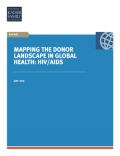
Resource | Publications,
The donor landscape for HIV/AIDS is varied and complex, with multiple donors providing assistance to many different regions and countries, and an average of 10 donors providing aid for HIV per recipient country. Despite the high number of donors in this space, however, the actual amount of funding provided for HIV/AIDS is concentrated among a small number of donors, with just two – the United States and the Global Fund to Fight AIDS, Tuberculosis and Malaria (Global Fund) – accounting for 80% of funding.





